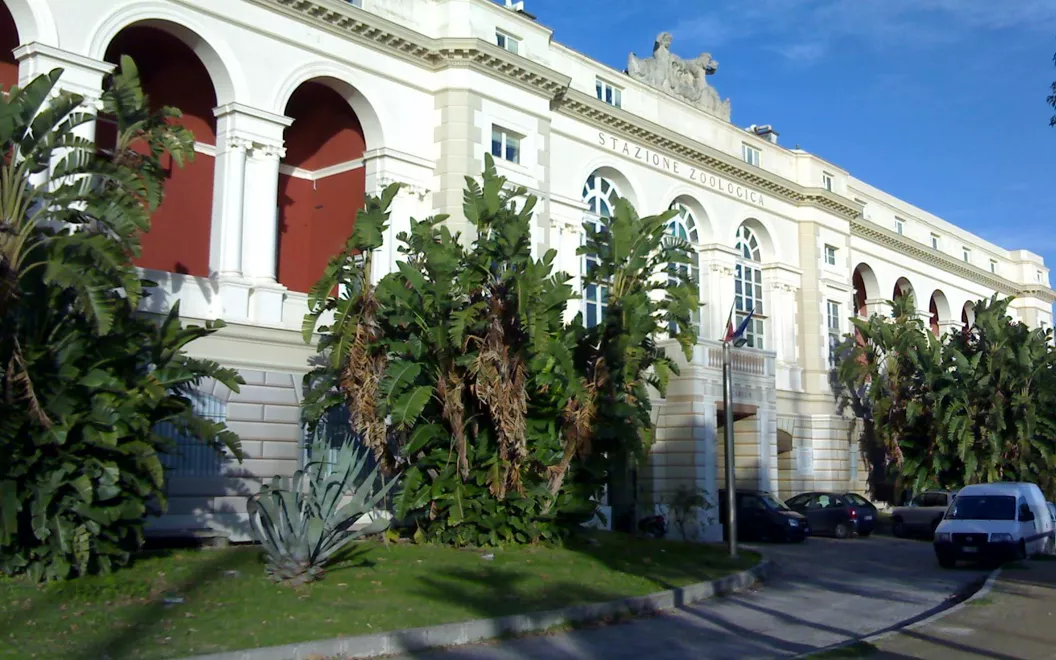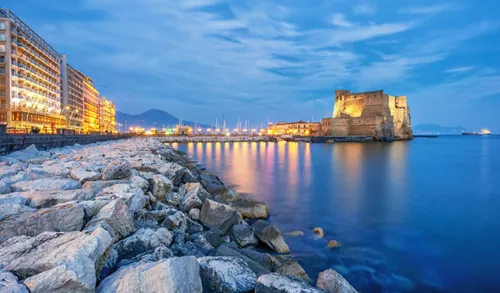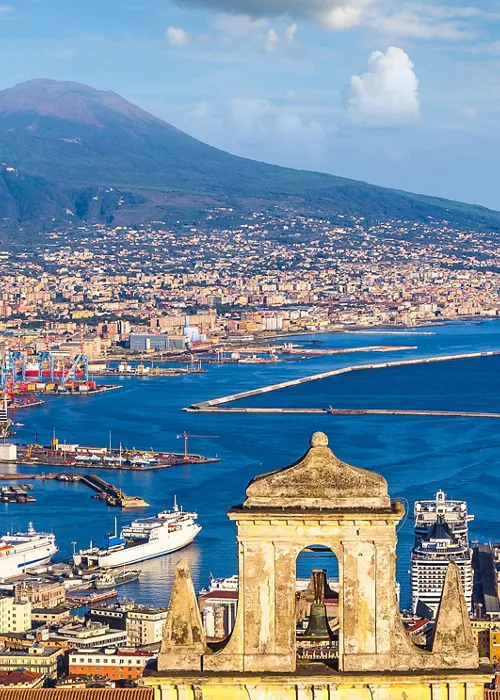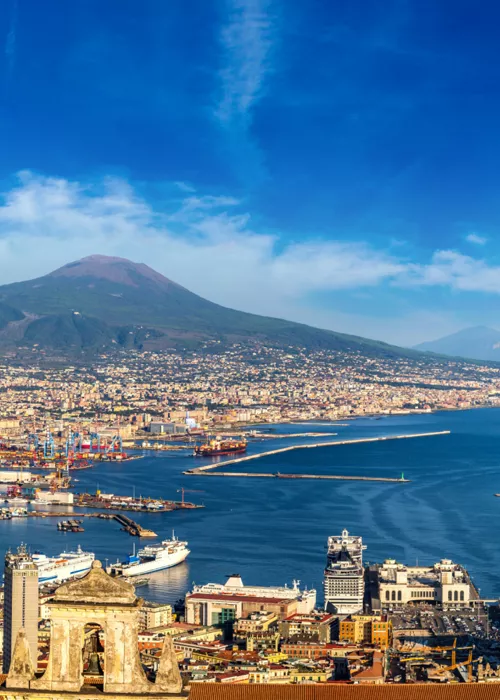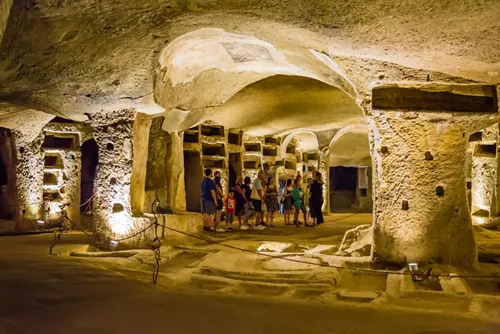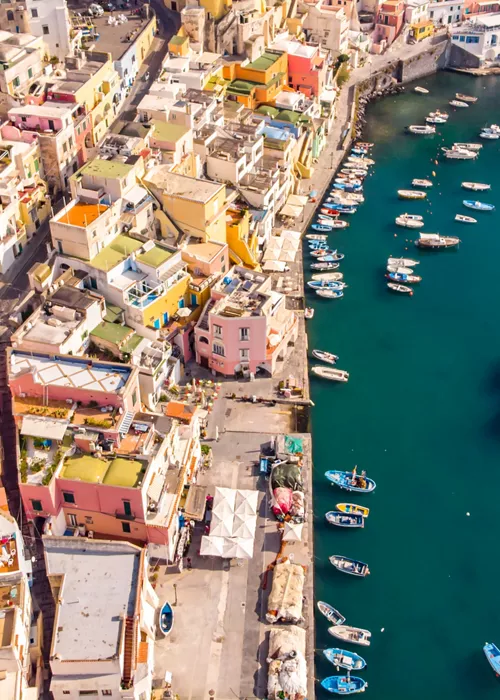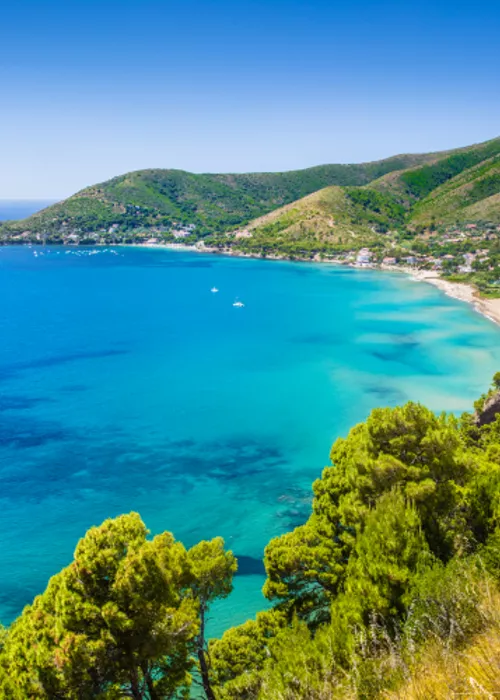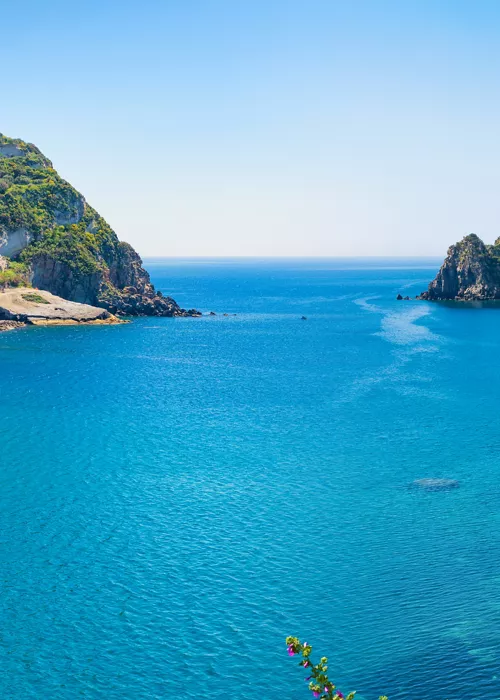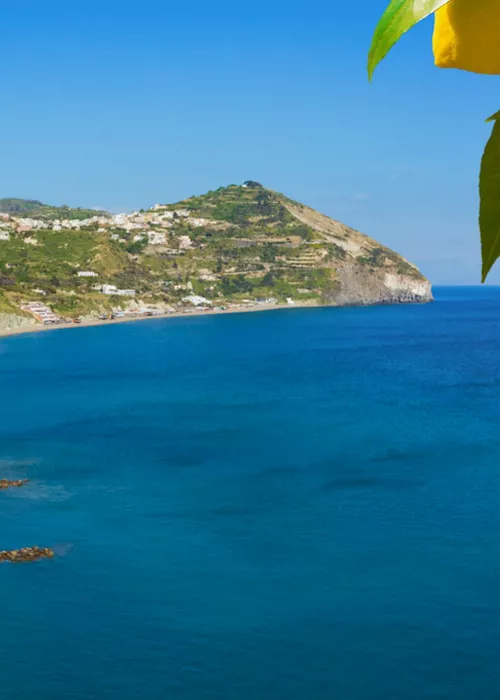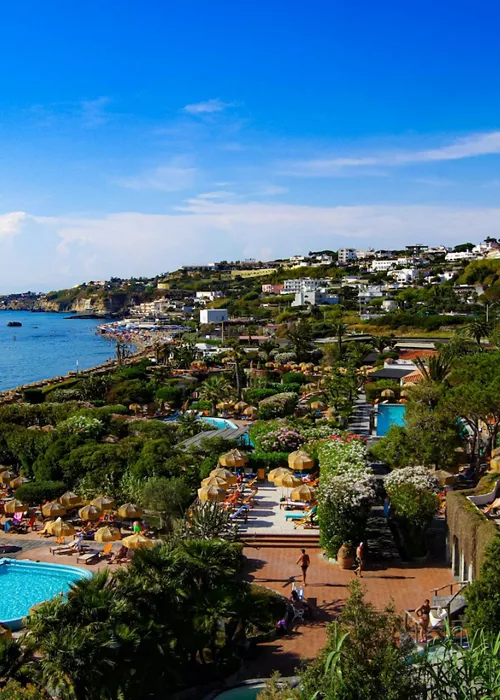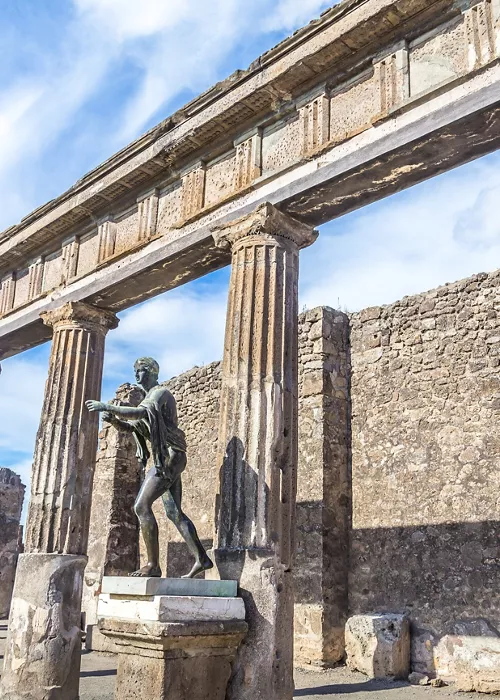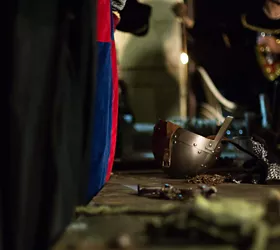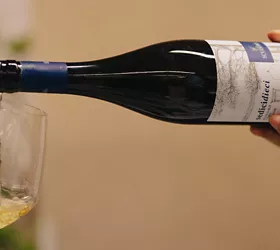Anton Dohrn Zoological Station, the aquarium of Mare Nostrum
3 minutes
We are on the Riviera di Chiaia in Naples, in the beautiful building of the Villa Comunale, where the first and oldest public aquarium in Italy is housed, that of the Anton Dohrn Zoological Station, founded in 1872. Are you ready to dive into the thirty tanks of one of the most important research institutions of marine biology?
Underwater life has no secrets.
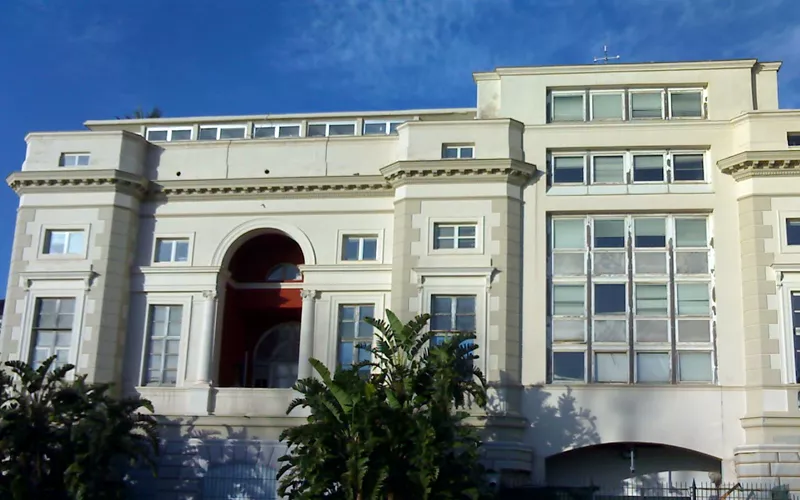
The Aquarium of the Anton Dohrn Zoological Station shows and tells the life of the inhabitants of our sea with the scientific rigor and the informative skill of an institution where 20 Nobel prizes were formed. It is the oldest aquarium of the 19th century still in operation and the only one exclusively dedicated to Mediterranean life forms.
Its founder, the German zoologist and naturalist Anton Dohrn, realized in Naples his dream of creating a center for research and dissemination of the underwater world. With considerable stubbornness, Dohrn managed to get the municipality to grant him free land by the sea where he built the building at his own expense.
He then developed strategies to make the structure economically sustainable, renting spaces or forging fruitful collaborations with companies. In this way he managed to grow a cutting-edge research centre in Europe.
In each tank a different habitat of the Mediterranean

The tanks of the aquarium in Naples are still connected directly to the sea by an underground canal, thanks to a system designed 150 years ago by an English engineer who had worked in the aquariums of London and Hamburg. Today we still see the original tanks as well as new installations that show a tropical coral reef, a vision of a possible change in the Mediterranean.
Each tank tells a habitat and a story: the tenacious one of the organisms that live in the breakwaters of the waves, exposed to the force of the sea as well as to the danger of drying at low tide; that of the coral and its curious sound landscape; the swarming environment of marine caves; the singularity of the seahorse, which in addition to swimming vertically, is “impregnated” by the female who lays eggs in a pocket where she keeps them until hatching; the structures of breeding moray eels designed by the ancient Romans still preserved in the archaeological marine area of Gaiola at Capo Posillipo.
Do not lose the abyss in front of the coast and the octopus basin
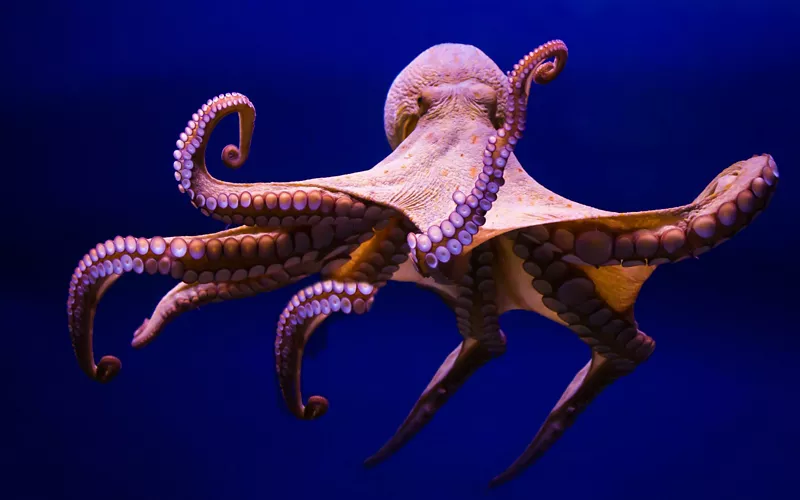
Fascinating to discover that just 12 miles from the seafront of Naples there is one of the deepest underwater canyons in the Mediterranean, an abyss of 1,300 meters: explored by marine biologists for the first time only in 2016, it revealed the presence of giant oysters, which were thought extinct, and other forms of life adapted to an environment where sunlight does not penetrate.
Finally, there is the octopus tank, whose intelligence and behaviour have been studied for decades at Dohrn station.
Take a look at the library: in addition to a collection of texts donated by Dohrn, publishers and scientists, Darwin included, to be seen on the walls are the frescoes of the German painter Hans von Marées who portrayed scenes from the life of Neapolitan fishermen.
At Casina del Boschetto, marine life becomes art
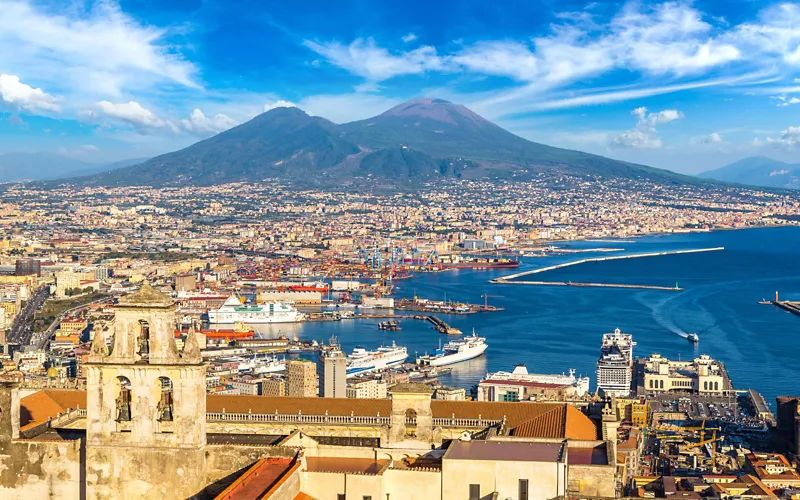
In 2021 the Zoological Station was enriched with a new acquisition, the Darwin-Dohrn museum set up in the nearby Casina del Boschetto, formerly Circolo della Stampa, a cultural center dedicated to the dissemination of knowledge about the evolution of marine life.
Through works of art, sculptures and historical biological finds, we learn the mechanisms of biodiversity and understand the importance of the oceans for the balance of the planet. On the way there is also the skeleton of a sperm whale - stranded on the Campanian coasts – to explain what happens to these giants of the sea when they reach the abyss.
The Turtle point of Portici
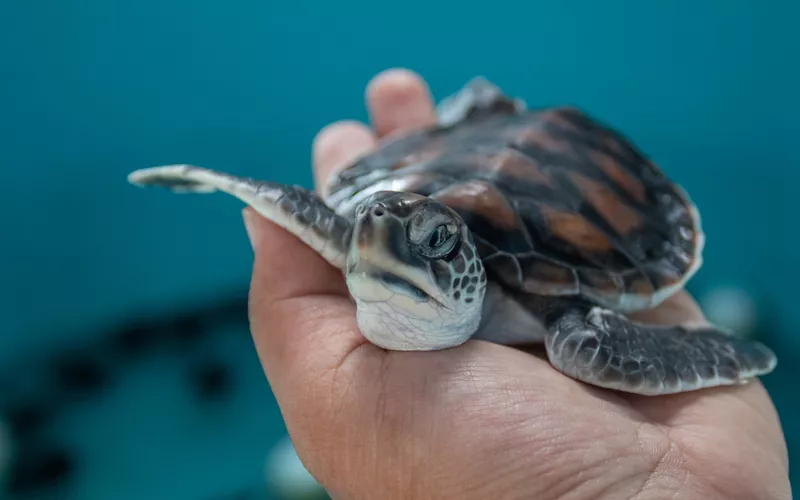
If the sea is your passion, you will also have to visit a detached section of the Anton Dohrn Zoological Station housed within the former municipal slaughterhouse of Portici, the Turtle Point, a center for research, conservation and teaching on sea turtles. In addition to the researchers' labs, visitors can see spaces for the care and rehabilitation of turtles injured due to human activities.

